As Mercedes-Benz surprises the world with the first all-glass and digital dashboard (Hyperscreen) in a car and its first 100% electric compact car is unveiled (EQA), the company's executive director, Ola Källenius, speaks to us about the transformation that is taking place in its brand, which, however, will not fail to promote the same values that made it the biggest luxury car brand for more than 130 years.
What do you expect from the market now that we have started a new year and the world is committed to freeing itself from this nightmare called Covid-19?
Ola Källenius — I have an optimistic view. It is true that we had a horrible year in 2020 at all levels and the automotive sector is no exception, with production and sales stopping in the first half of last year. But in the second half of the year, we started a remarkable recovery, with the Chinese market as the engine, but other relevant markets showing encouraging signs of recovery.
And the favorable indicators extend to our environmental performance as we managed to finish the year in Europe meeting the 2020 emissions regulations in Europe, which we thought was very difficult to achieve when we started last year. Of course, we are aware that we still have a lot of pandemic ahead with these new waves, but as vaccines begin to be administered in the population, the trend will be for the situation to improve, gradually.
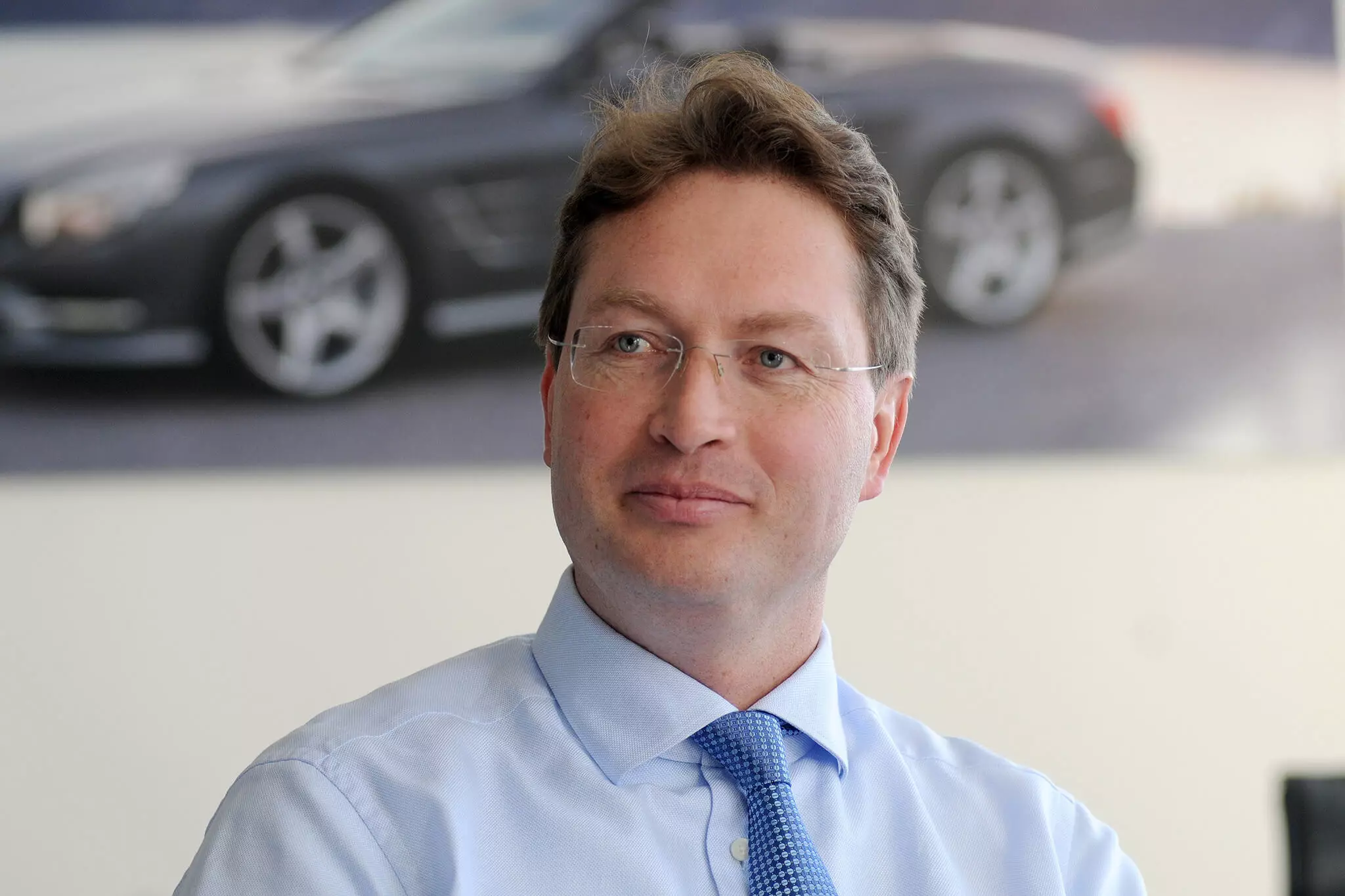
Do you mean that your fleet of vehicles registered last year complied with European regulations?
Ola Källenius — Yes, and as you have noticed, this trend will intensify with all these new fully or partially electric models (which means that we want to comply always). I cannot tell you what the final figure for g/km CO2 emissions was – even though we have an internal figure that we calculated – because the official figure for the European Union will only be made public in a few months' time.
Subscribe to our newsletter
Do you believe the EQ model range will get a warm reception from consumers? EQC doesn't seem to have generated many sales…
Ola Källenius — Well… we launched the EQC right in the middle of general confinement in Europe and that naturally limited its sales. But by the second half things started to change, for all of our xEVs (editor's note: plug-in and electric hybrids).
We sold more than 160 000 xEV last year (in addition to 30 000 smart electrics), of which about half in the last quarter, which shows the interest of the market. It was an increase from a share of 2% to 7.4% in our accumulated sales in 2020 compared to 2019. And we want to increase this positive dynamic in 2021 with this wave of several new models, such as the EQA, EQS, EQB and EQE and the new plug-in hybrids with around 100 km of electric range. It will be a revolution in our offer.
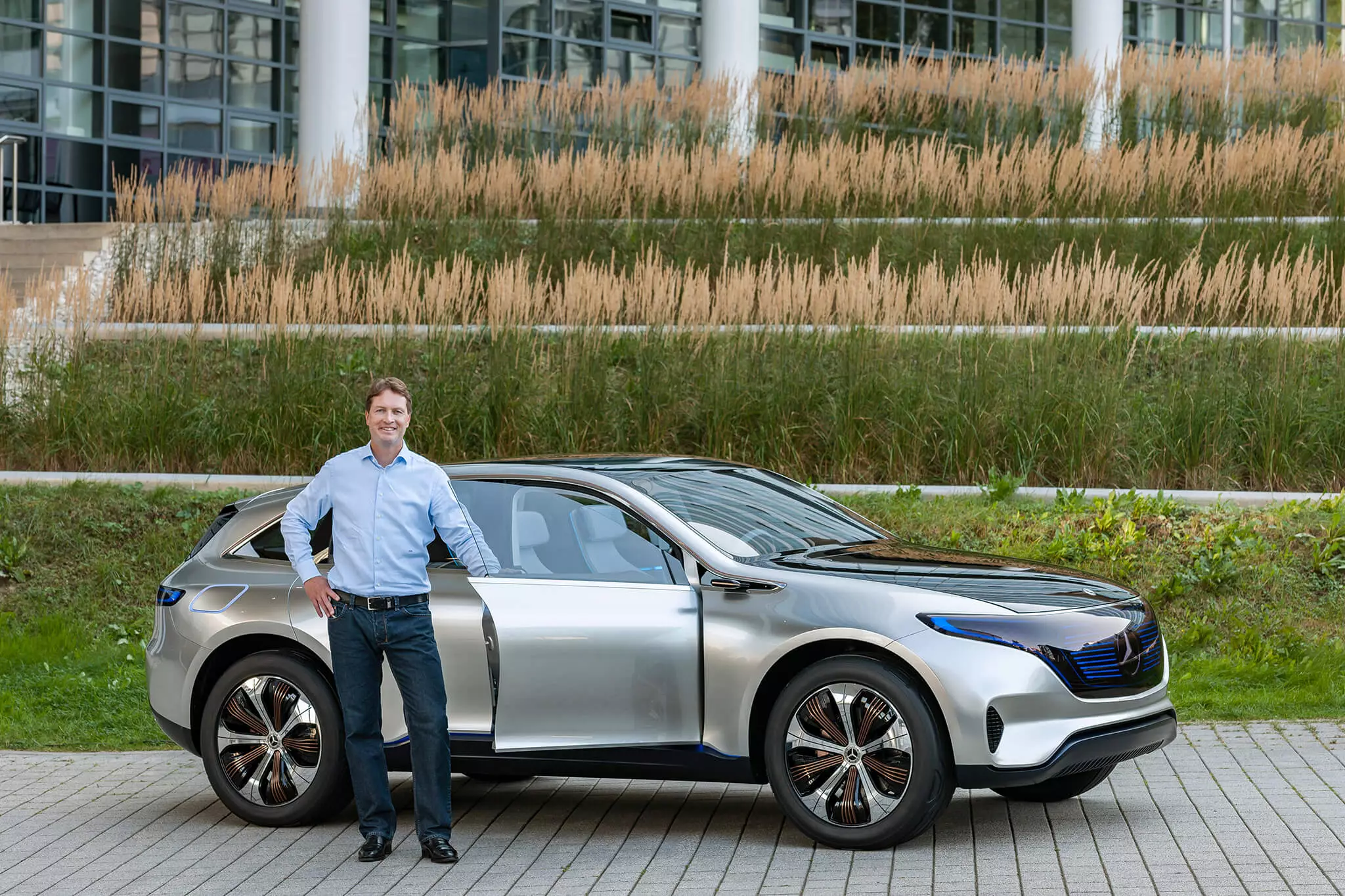
Mercedes-Benz was not at the forefront of launching 100% electric cars designed as such, but rather adapting combustion engine vehicle platforms for this application. This placed some limitations on the vehicles themselves. From the EQS on, everything will be different…
Ola Källenius — The decisions we took were the most sensible given that the demand for electric vehicles was still quite residual in recent years. Hence the bet on ambivalent platforms, which could be used in both traditional and electric propulsion systems, such as the EQC, which was the first. This fully electric car-specific architecture will be used in at least four models and each of these models will have access to Hyperscreen, starting with the EQS of course.
Is Hyperscreen a kind of “revenge” against Silicon Valley startups?
Ola Källenius — We don't see it that way. The aim of offering innovative technology is constant in our company and it is in this context that we made this first dashboard completely filled with a curved high-resolution OLED screen.
Especially in the last four years, with the bet on the MBUX operating system, we clearly defined that digital would be the future of dashboards in our cars. And when we decided to develop Hyperscreen about two years ago, we wanted to see what we would be able to do and the benefits it would bring to our customers.
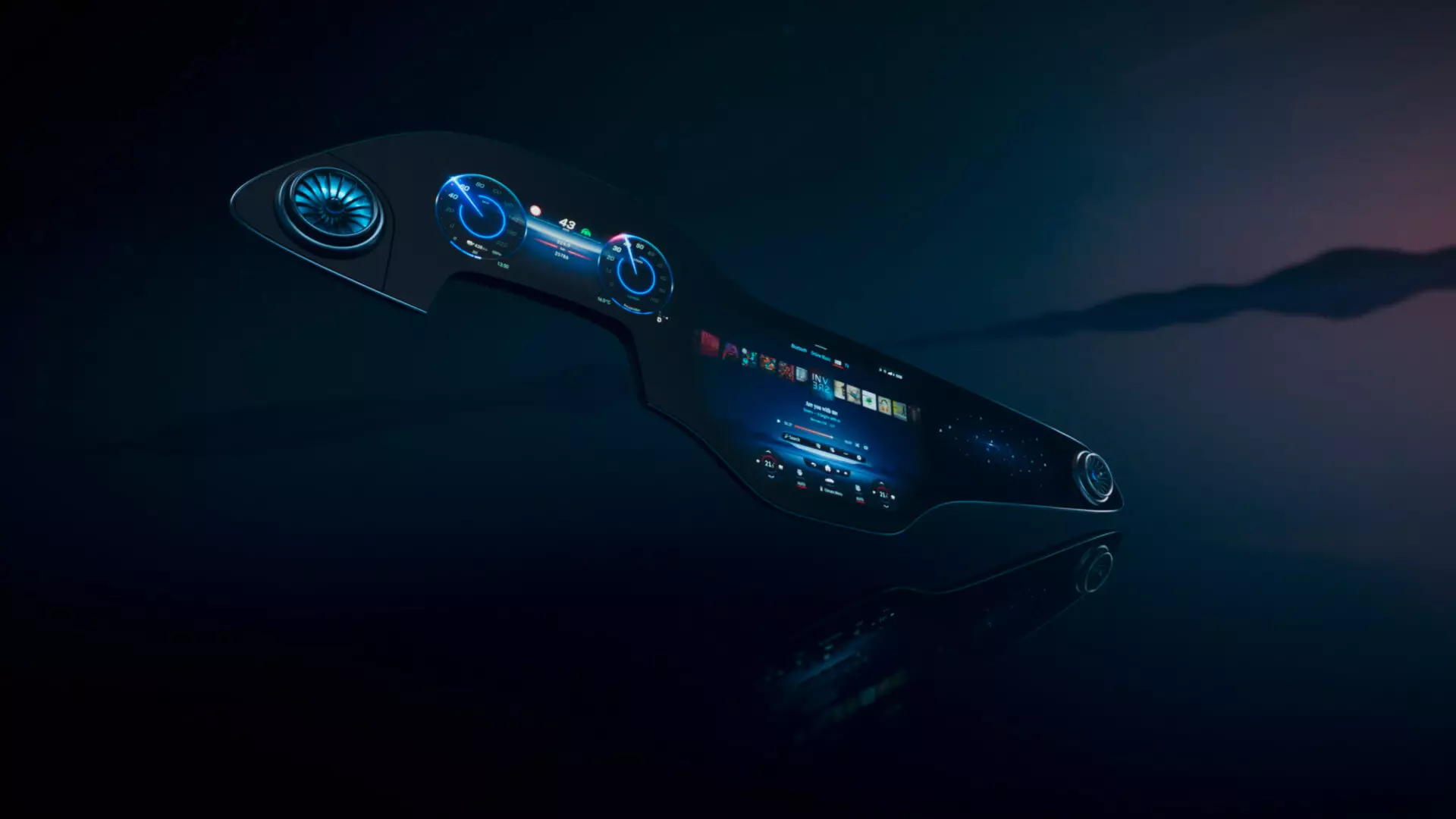
It is important that the first car with an all-glass dashboard comes from a “traditional” car manufacturer…
Ola Källenius — Several years ago we decided to exponentially increase our investment in all things digital. We've created digital hubs in various parts of the world, from Silicon Valley to Beijing, we've hired thousands of professionals in this area… anyway, it's not something new for us and it's inevitable if we want to be the leaders in this industry.
But back in 2018, when we launched the first MBUX at CES, we raised eyebrows. I'll give you a number: the average amount spent by the customer on digital content in a Mercedes-Benz compact model (made on the MFA platform) has more than doubled (almost tripled) in recent years, and that in the segment of our more affordable cars. In other words, we don't do this to satisfy the daydreams of our electronics engineers… it's a business area with enormous potential.
Is the fact that the interior of the EQS is shown first than the exterior (in its final series production design) a clear sign that the interior of the car is now more important than the exterior?
Ola Källenius — We took advantage of the Consumer Electronics Show (CES) to present individual technologies, because that's what makes sense (we didn't show the EQS cabin, the seats, etc, but an individual technology). That's what we did in 2018 when we unveiled the first MBUX worldwide and now we're back to that formula for Hyperscreen, even if presented virtually, but within the scope of CES, of course. This does not imply less emphasis on exterior design, quite the contrary, which remains an absolute priority.
The problem of driver distraction becomes more and more sensitive with the increase of screens on the dashboard of cars and it is understood that the vocal, tactile, gesture and eye tracking commands are the way to minimize this issue. But many drivers find it difficult to manage these new screens full of submenus and this even affects the rating and many new cars in customer satisfaction reports with great importance. Do you recognize this problem?
Ola Källenius — We have applied several Hyperscreen general control systems, among which I highlight one that really avoids driver distractions: I mean the eye tracking technology that allows the front passenger to be watching a movie and the driver not Look at him: if he looks for a few seconds in the direction of the passenger's screen the film is turned off, until he redirects his gaze to the road again. This is because there is a camera that is constantly monitoring your gaze.
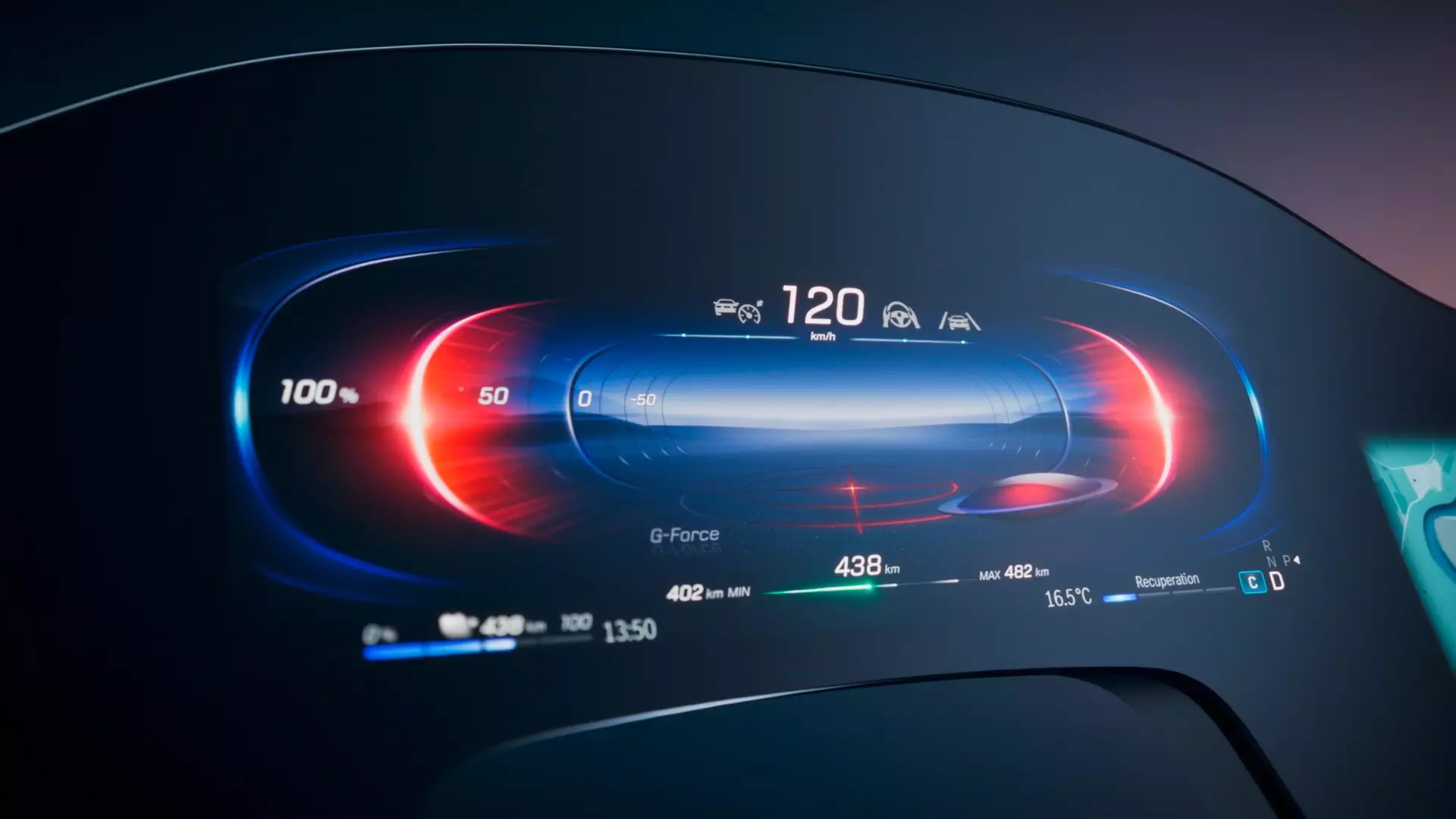
We designed a spectacular system and spent hundreds of hours thinking about all the aspects that had to be taken care of at that level. As for the complexity of use aspect, I playfully tell my engineers that the system has to be so user-friendly that even a five-year-old child or a member of the Mercedes-Benz Board of Directors is able to do so. do.
More seriously, if you give me 10 minutes I can explain how this Hyperscreen “zero layer” concept works, in its entirety, which is really intuitive and simple to control. This leap from analogue to digital was taken by many of us on our cell phones and now something similar is going to be definitive in car interiors as well.
On the other hand, the new voice/speech recognition system is so advanced and evolved that if the driver doesn't find some function he can literally talk to the car which will execute any instructions that might not be found by the users.
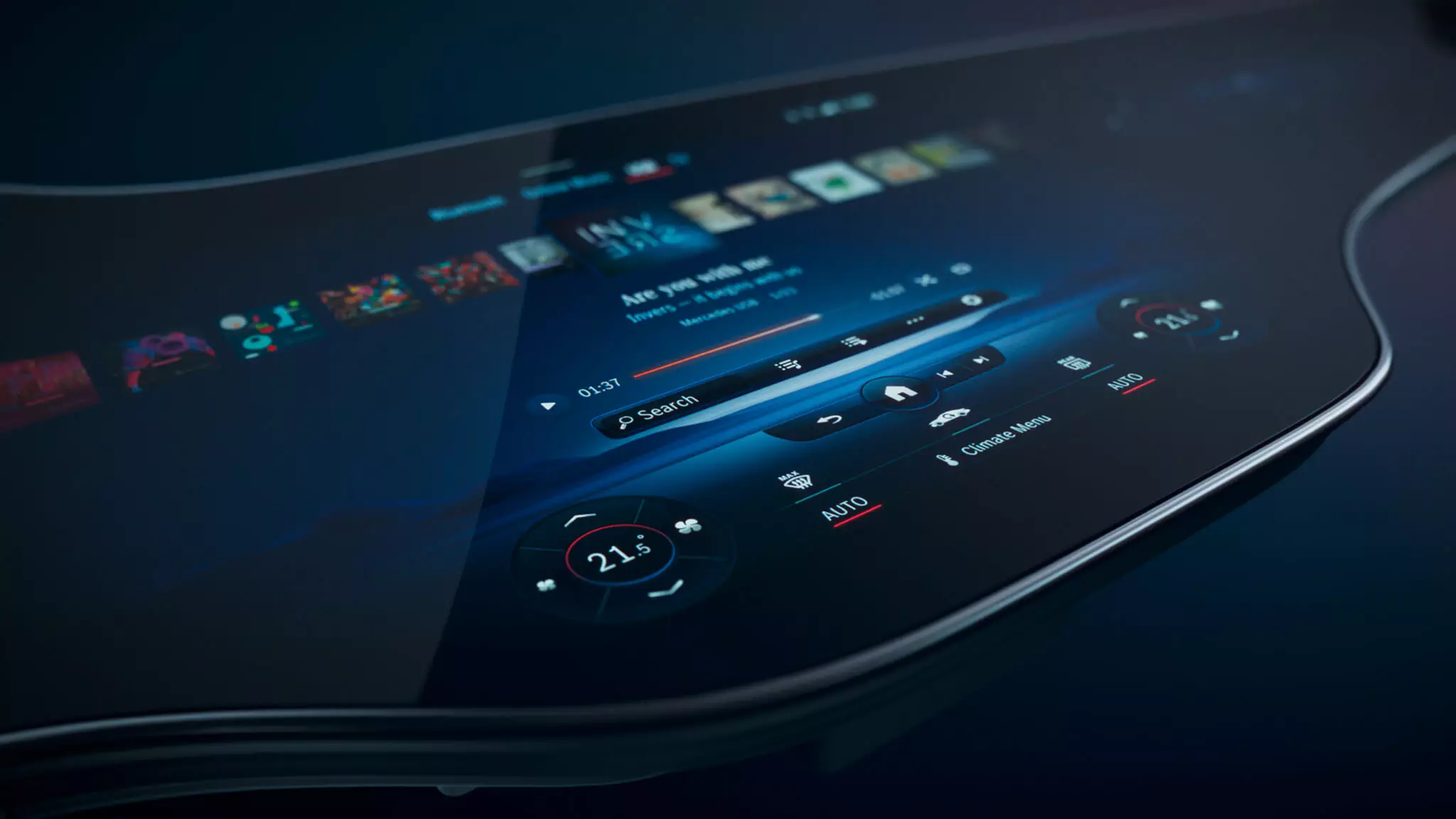
Many of the new control screens in the cars we use become full of fingerprints after some time of use. Bearing in mind that your new dashboard is entirely made of glass, are there any important developments in the materials to prevent it from shrinking?
Ola Källenius — We use the most expensive and advanced glass in the Hyperscreen to make it less obvious, but of course we can't control what users eat while in the car… but the dealer offers you a nice cloth to clean the Hyperscreen once and for all in a while.
So there's no way to go back on this trajectory of digitizing the car's interior?
Ola Källenius — The car remains a physical product. If you buy the most expensive and sophisticated television in the world, you won't put it in the center of your living room alongside cheap furniture with design and basic materials. Does not make sense. And we see the situation in a similar way in the case of the automobile.
A Hyperscreen display with the best in technology and design surrounded by unique design objects, such as the ventilation vents that look like they were made by a master jeweler. The fusion of analogue and digital defines the luxurious environment, in a room like inside a Mercedes-Benz.
What is the economic potential of the new generation of MBUX? Is it limited to the price the customer will pay for this equipment or does it go far beyond that, with revenue opportunities via digital services?
Ola Källenius — A little of both. We are aware that there are recurring revenue streams, opportunities to turn some of the digital services within a car into in-car or later subscriptions or purchases, and the more functionality we add to cars, the more opportunities we have to tap into those revenues. The total revenue target for “digital recurring revenue” is €1 billion in profits by 2025.

Mercedes application me
As automobiles start to become, more and more, smartphones on wheels are more and more constant and audible rumors about the arrival, more or less imminent, of Apple in the automobile sector. Is it more of a concern for you?
Ola Källenius — I generally don't comment on our competitors' strategy. But I want to make an observation that seems pertinent to me and that is often overlooked. A car is a very complex machine, not just what we see in the field of infotainment and connectivity.
It is, still, mainly, everything that has to do with the systems of assistance to the driving, with the chassis, with the engines, with the control of the bodywork, etc. When making a car, you have to think of the car as such and if we think of the four main domains that define vehicles, connectivity and infotainment is just one of them.
